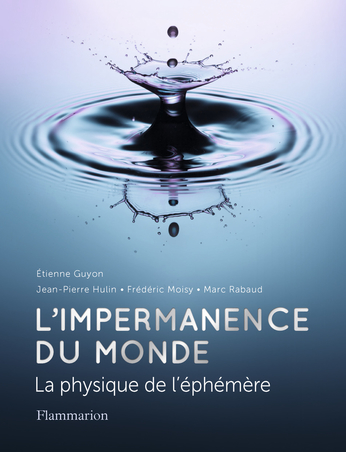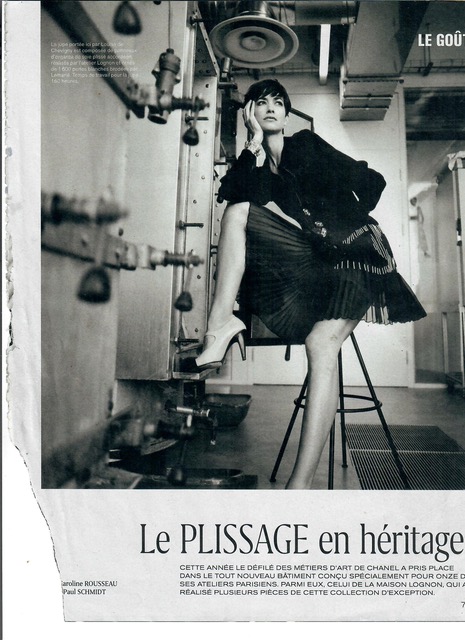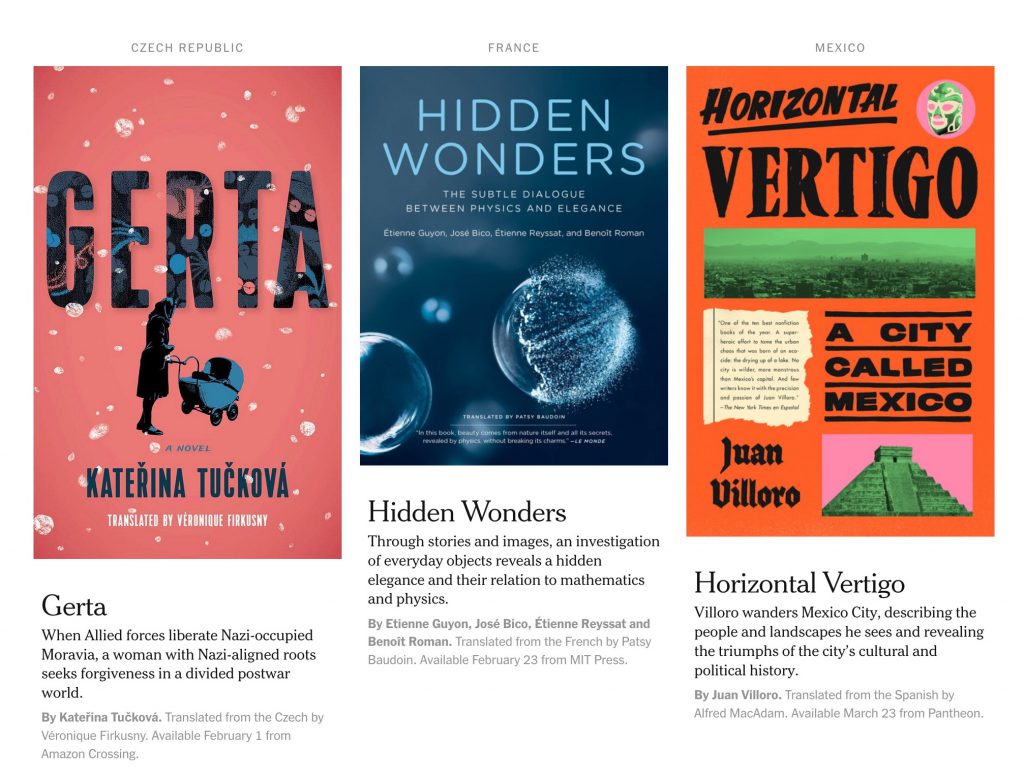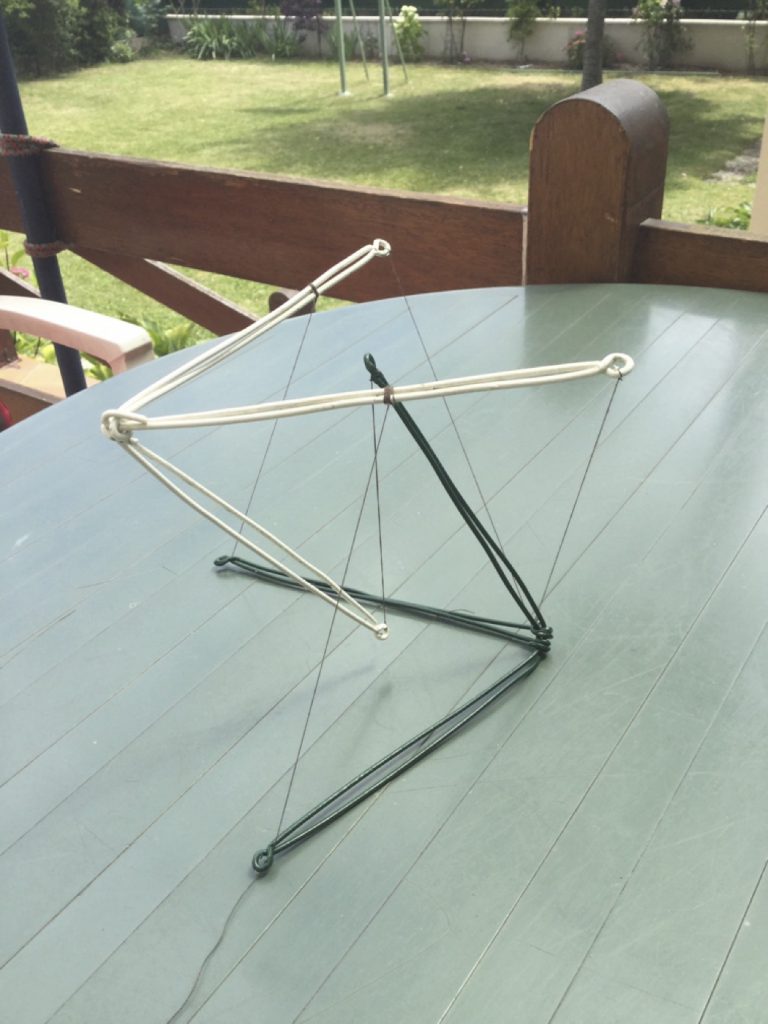une critique de notre livre (traduction anglaise) dans Nature Physics du 12 Juillet 2021
A guide to the wonders of nature
When I first decided to major in physics, I was drawn to the subject by an awe of the vast scales of the Universe. The beauty of the stars and everything else that lies beyond Earth seemed to be the gateway to a world of wonders. However, as I went through university, my curiosity broadened to a physical world of common experiences. I encountered reasons to look at the amazing shapes of nature, from the wrinkles in a kale leaf to the soap bubbles created by street artists. As Pierre-Gilles de Gennes wrote in his Nobel Lecture, referring to Benjamin Franklin’s surfactant experiments, “In our days, when we are spoilt with exceedingly complex toys, such as nuclear reactors or synchrotron sources, I particularly like to describe experiments of this Franklin style to my students.” The beauty in the physics of soap bubbles emerges from an understanding of surfactants — amphiphilic molecules that assemble to separate a liquid film from the air around it. Even though making soap bubbles is easy, the process by which they form is complex
and it has occupied the minds of artists, mathematicians and physicists alike. This is just one of the many fascinating examples discussed in Hidden Wonders by Étienne Guyon, José Bico, Étienne Reyssat and Benoît Roman.
Scientists are often inspired by everyday life, and Hidden Wonders has no shortage of examples: from glass work to origami, from weaving to fashion, and even tiny natural architectures made by spiders and termites. Who would have thought that this broad range of beautiful artistic endeavours and survival strategies had so much in common with physics? The book takes us through this fascinating journey and it even offers hands-on activities. At the end of every chapter, the authors elaborate simple table-top experiments, gifting readers with a lot more than ideas — they provide knowledge through experience.
The book is organized in six parts packed with page-turning content and inspiring images. From the chapter titled ‘Builders’, we develop an appreciation of the intricacies in human-made constructions — or those that humans are made of — and how we may sharpen our intuition from knowing more about structural mechanics. ‘Creating shapes’ shows how shapes encode the secrets of nature through an elegant natural language of geometry. How slender and thin materials, such as threads and paper, are the building blocks of functional structures despite their fragile appearance
is shown in ‘Building with thread’. And ‘From sand to glass’ reveals the amazing world of microscopic particles building solid structures in our daily lives.
What about the way things move? In ‘Matter in motion’, we learn how structures deflect, bend and snap, and how energy is stored in motion, revealing events on a timescale imperceptible to the human eye, such as plants moving at an extremely fast rate to release their seeds. In ‘Fractures’, the authors turn to failure or function — or indeed both —leaving us to wonder whether it is possible to achieve function without a deep understanding of failure, and inviting us to see elegance in the catastrophic events of nature.
Among the many lessons I took from Hidden Wonders, a philosophical question stands out. Can physics and elegance find common ground? Is it natural to establish a dialogue between that which searches for truth in the natural world and its sheer beauty? Many philosophers, scientists, artists and craftspeople before us have expressed the notion that their works are best when they are simple.
There have been attempts to formulate the relationship between elegance, or beauty, and simplicity. Perhaps the most famous of these is Ockham’s razor — the principle that the simpler of two solutions is always preferred. Or, as Isaac Newton put it in his Principia Mathematica, “We are to admit no more causes of natural things than such as are both true and sufficient to explain their appearances. […] for Nature is pleased with simplicity, and affects not the pomp of superfluous causes.” Ideas derived from a ‘dialogue between physics and elegance’ (from the subtitle of the book) help us to extract order from chaos and to recognize inherent symmetries. This dialogue is innate to human nature, as we as a species have always sought beauty, not only in our physical theories of the Universe but also in our buildings and our artistic expression.
Hidden Wonders fills a major gap in popular science books. Guyon and co-authors convey to their readers a modern and interdisciplinary approach to physics in a style rarely seen in the genre — with special homage to recent developments in soft-matter physics and engineering sciences. Their effort is much needed, and we scientists should look to inspire the next generation, because
there are still plenty of mysteries and wonders to be discovered.
Reviewed by M.Dias, Institute for Infrastructure and Environment, School of Engineering, The University of Edinburgh, Edinburgh, UK.
✉e-mail: Marcelo.Dias@ed.ac.uk
Published online: 12 July 2021
https://doi.org/10.1038/s41567-021-01279-z













